Whenever designers take the time to sit down and design something new, there’s a lot more involved than just constructing a layout that looks appealing to viewers. It’s also important to establish a set of rules pertaining to exactly how an interface is able to handle various forms of information that it receives.
Later on down the road, if we decide to create something newer that essentially subverts the patterns and standards that we had previously established, we must have a rational explanation that is able to easily support this decision.
The main reason for this is because people will always learn to use all of our products thanks to all of the patterns and standards that we have established, regardless of whether or not good UX principles have been utilized.
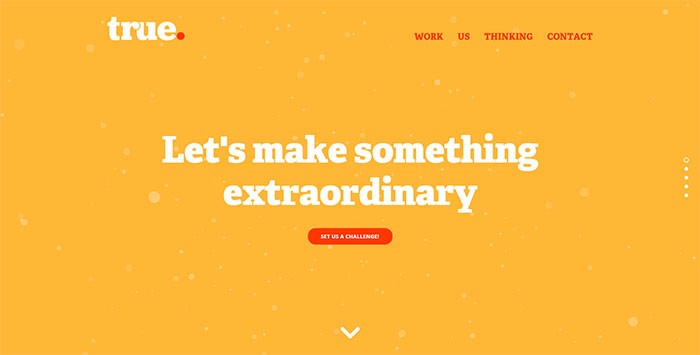
Image source: truedigital.co.uk
Consistency in web design is something that will essentially help designers create systems that are effective. Design consistency is extremely important, even though the mere thought of it may sound completely uninteresting.
Structure and Interactions
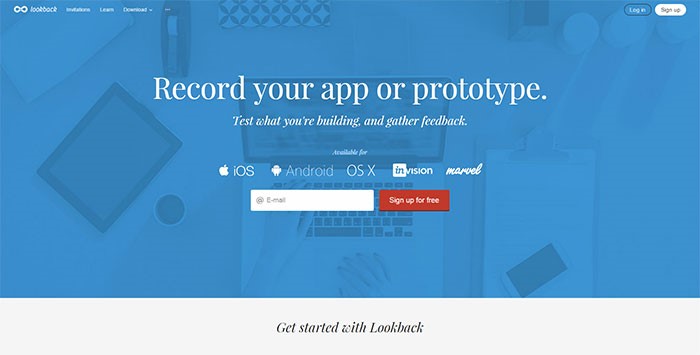
Image source: lookback.io
Both of these are absolutely key to create a consistent page design and user interface. We often to forget about how both interaction and structure will affect user experience whenever we begin developing something. Creating a user interface that is usable and consistent is just as important as creating plans and blueprints for an entire home, for example.
Think about the following things before you begin making any attempts to write code: Consider how to place different elements consistently throughout your application and/or website. Contemplate what particular user interface patterns you will actually be using and think about what kind of input elements you will need the most.
You should also determine what icons you will actually need before selecting a good icon set that covers all of them
User interface patterns
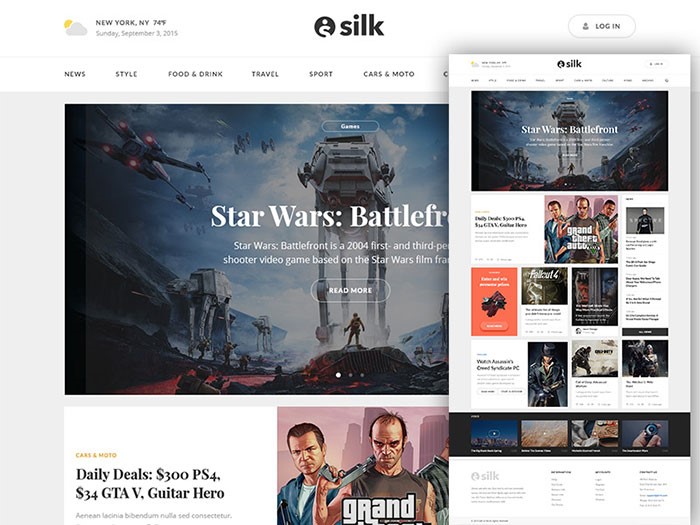
Image source: Silk UI Kit
Start to think about what particular user interface patterns you will actually need to use the most, such as modals, accordions, and galleries. When you plan these things out ahead of time, not only will you be able to develop and design your application much more quickly, but you will also be able to figure out all of your content ahead of time as well. In the end, you stand to save a great deal of time, as you will have many of your pressing questions answered.
Consistency’s importance
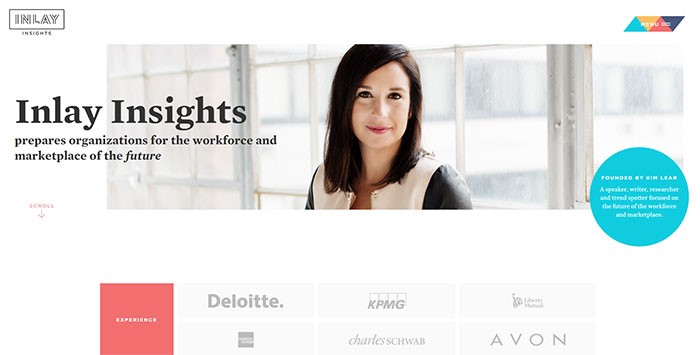
Image source: inlayinsights.com
No one should ever have to wonder if the same things actually mean different things, or if different things actually mean the same things. Typically, if things look the same, then individuals will assume that they mean the same thing.
In the end, we are solely responsible for everything that we create. This means that it is entirely up to us to own that very responsibility and make sure that we do our best to put out nothing short of the best work possible, including making sure that everything is always consistent.
Designers are never truly able to change the outcomes of meetings, and any short-term decisions that are made can have effects that can end up being potentially problematic.
Making your designs consistent
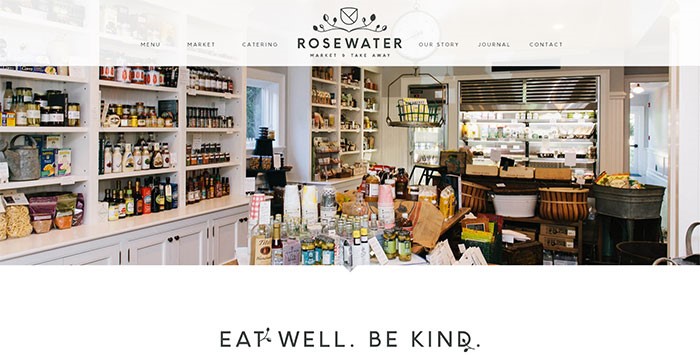
Image source: rosewatermv.com
Consistency can’t be ensured by simple tasks such as creating style guides and defining user interface rules before emailing them around. Once those rules have actually been defined, it’s important to make sure that those rules are actually being observed properly.
The best way to do this is to define the user interface styles using various frameworks. These are able to assist the development teams stay consistent without actually having to do too much of the work themselves. Another useful tip is to engage in usability testing, gathering qualitative information, and addressing all issues that may arise.
Typography is also important, if you’re using serif fonts on a page, don’t switch to sans serif ones on a different page. It will confuse your users.
Elements
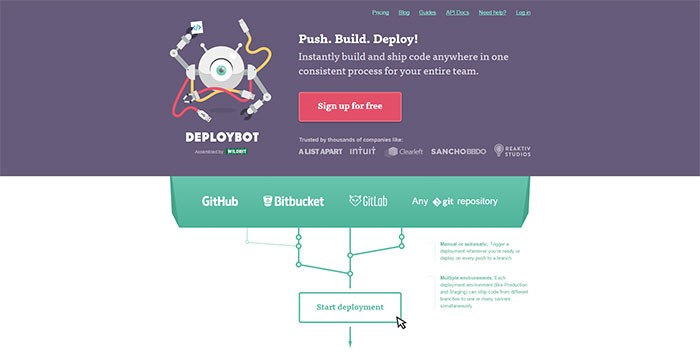
Image source: deploybot.com
Websites that use approximately three or four different kinds of border elements can come across as being really confusing at times. All of your borders should be kept on the following: Buttons, selects, inputs, galleries, images, other kinds of user interface elements.
Internal consistency
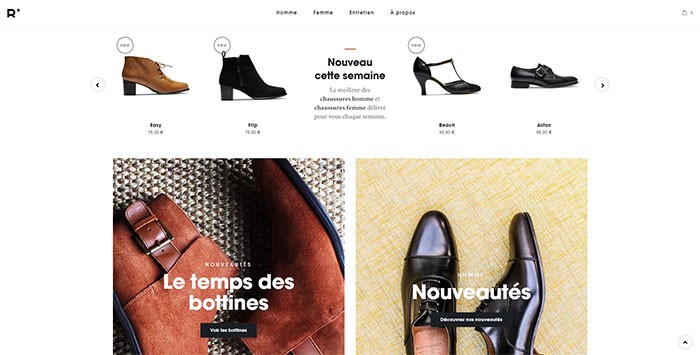
Image source: rudys.paris
External consistency can certainly enhance your overall user interface design due to meeting various kinds of user expectations. However, internal consistency is often viewed as more of a requirement that can actually cause harm to a user experience if it is not properly met.
When you deal with internal consistency, it’s important for you to try to cover all of the following: Color, Typography, Language, General visuals, Layout/location, Interactions.
Making a website consistent
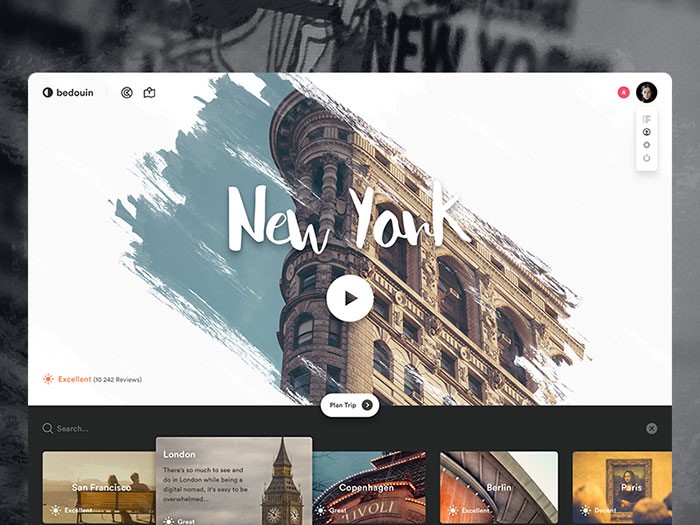
Image source: Victor Erixon
If you want to make a website consistent, you should use the same colors throughout the entire thing. Also, there should be a consistent amount of horizontal and vertical spacing between all elements.
Navigation, which is very important, should be in the same location and text links always the same color. Make sure all the icons belong to the same family or have the same style.
Making sure your website is always consistent
One way to make sure that your website stays consistent is to use some kind of CSS framework, which will allow you to maintain a consistent layout at all times. If you have used a service such as WordPress to construct your website, you will easily be able to implement a service such as Bootstrap into your pages in order to help make this happen.
Ending thoughts
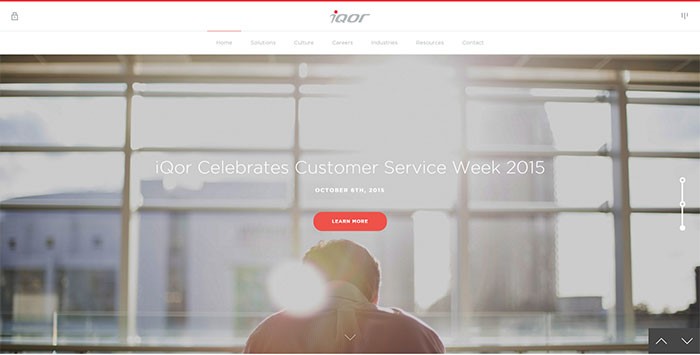
Image source: iqor.com
At times, you may feel that designing something merely for consistency is rather boring. You may feel, instead, that you want to include something as a surprise for your users, which is completely acceptable.
Nothing is wrong with keeping your users on their toes and wondering what may be coming next, so long as you don’t include so many things that will cause them to become so confused that they end up just wanting to go somewhere else.

